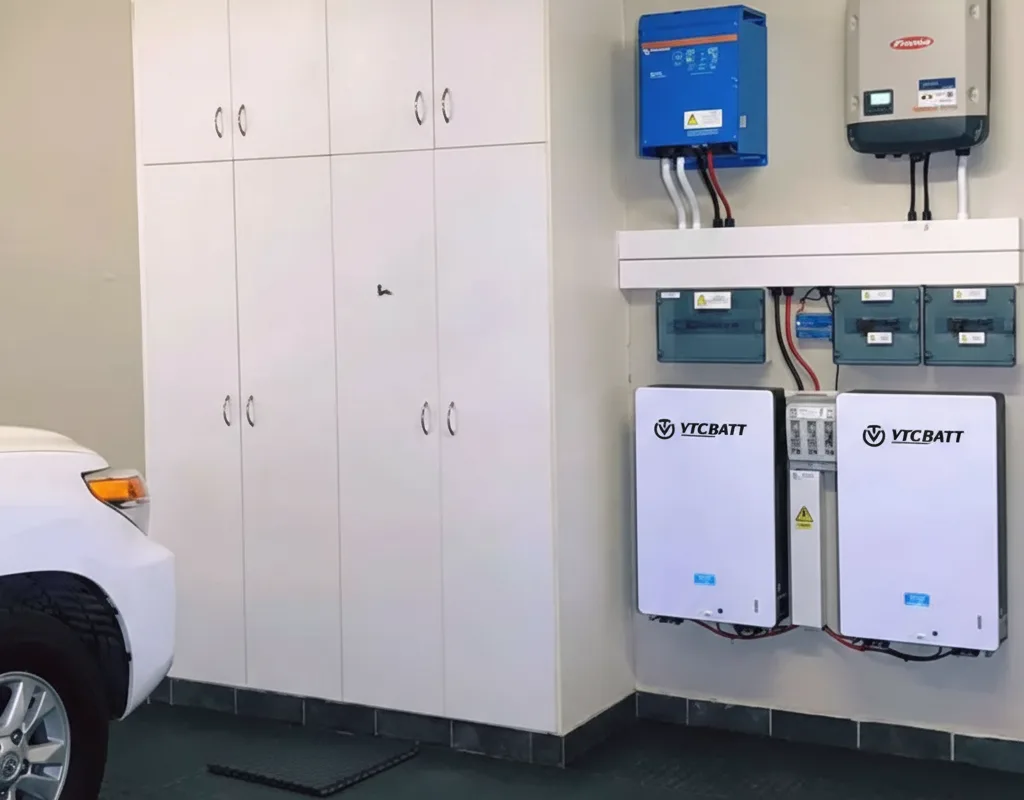Report Source: European_Market_Outlook_BEISS_SPE_2022
2025 newest report: European Market Outlook for Battery Storage 2025-2029
Overview of Global Household Storage Market
Household vs Industrial Energy Storage
The installed capacity of household storage is relatively small, usually around 10 kWh. Technically, it differs significantly from large-scale storage. Household systems adopt electrochemical energy storage, which allows flexible capacity. Moreover, the industrial chain is mature, enabling mass production. Installation, operation, and maintenance are straightforward.
Working Principle of Household Storage
During the day, household storage systems use photovoltaic power. Excess electricity is stored in the battery. At night, the battery supplies electricity. This reduces electricity bills and ensures stable consumption even under extreme weather conditions.
Market Growth Driven by Prices and Energy Security
Since 2021, high electricity prices and energy security concerns have driven global demand for household storage. Governments worldwide have introduced supportive policies and subsidies. Areas with high electricity costs and unstable grids see particularly strong demand.
Global Energy Storage Market Stability
According to BNEF, household storage accounts for 20%-30% of the global energy storage market. Europe and the US each hold about 25% of the market. Rising electricity prices and increasing consumption suggest strong future growth.
Projected Market Growth
BNEF predicts that by 2026, household battery storage will capture 42% of the global market. The newly installed global capacity will reach 159.1 GW, roughly 25 times current levels. With an average cost of USD 10,000 per 10 kWh system, future installations could create a market worth 100 billion yuan.
European Household Storage Market
In December 2022, Solarpower Europe released the European household storage outlook. The 2022 installed capacity is expected to reach 3.9 GWh, a 71% growth rate. Germany leads with 1.54 GWh, followed by Italy (1.1 GWh), the UK (0.29 GWh), and Austria (0.22 GWh). Over 1 million European households now have photovoltaic and energy storage systems.

Figure: Growth Trend of European Household Savings Market, 2013-2021
Source: European Household Storage Market Outlook 2022-2026 by European Photovoltaic Industry Association
PV Capacity as Growth Driver
Distributed photovoltaic capacity growth drives household storage expansion. Matching rates between European household storage and PV systems increased from 23% in 2020 to 27% in 2021.

Figure: Forecast of European Household Savings Market Size in 2026
Medium-Term European Market Forecast
The European Photovoltaic Industry Association predicts household storage will reach 4.5 GWh in 2023, 5.1 GWh in 2024, and 6.0 GWh in 2025. By 2026, capacity is expected to reach 7.3 GWh, with cumulative installations totaling 32.2 GWh. Emerging markets include Poland, Spain, and Sweden.
Market Distribution and Growth Rates
By 2026, Germany remains the leader, followed by Italy. Poland and Sweden are projected to rank third and fourth. The top four markets will account for 64% of Europe’s household storage market. Annual new installations will maintain low double-digit growth, driven by residential PV expansion.
Future Trends in Household Storage Systems
Future development will focus on three main directions:
- High voltage and modularization: As residential electricity use rises, modular products will meet diverse capacity needs. High-voltage batteries are also becoming standard.
- Smaller cell capacity: Low-voltage platforms use 100 Ah cells, high-voltage platforms use 50 Ah. Smaller cells suit high-voltage systems.
- Integration: All-in-one systems benefit manufacturers through expanded sales and easier maintenance. Consumers save on follow-up costs.
Global Competitiveness
Currently, overseas markets dominate household energy storage. However, Chinese PV companies have increasing influence in production. Compared with Tesla in the US and Sonnen in Germany, Chinese companies occupy a smaller market share. Many Chinese players focus on upstream components like batteries or converters, enabling entry into European and American markets with strong competitiveness.
Market Outlook
As domestic user-side energy storage penetration grows, the household storage market will become a hot new energy “battlefield“.




